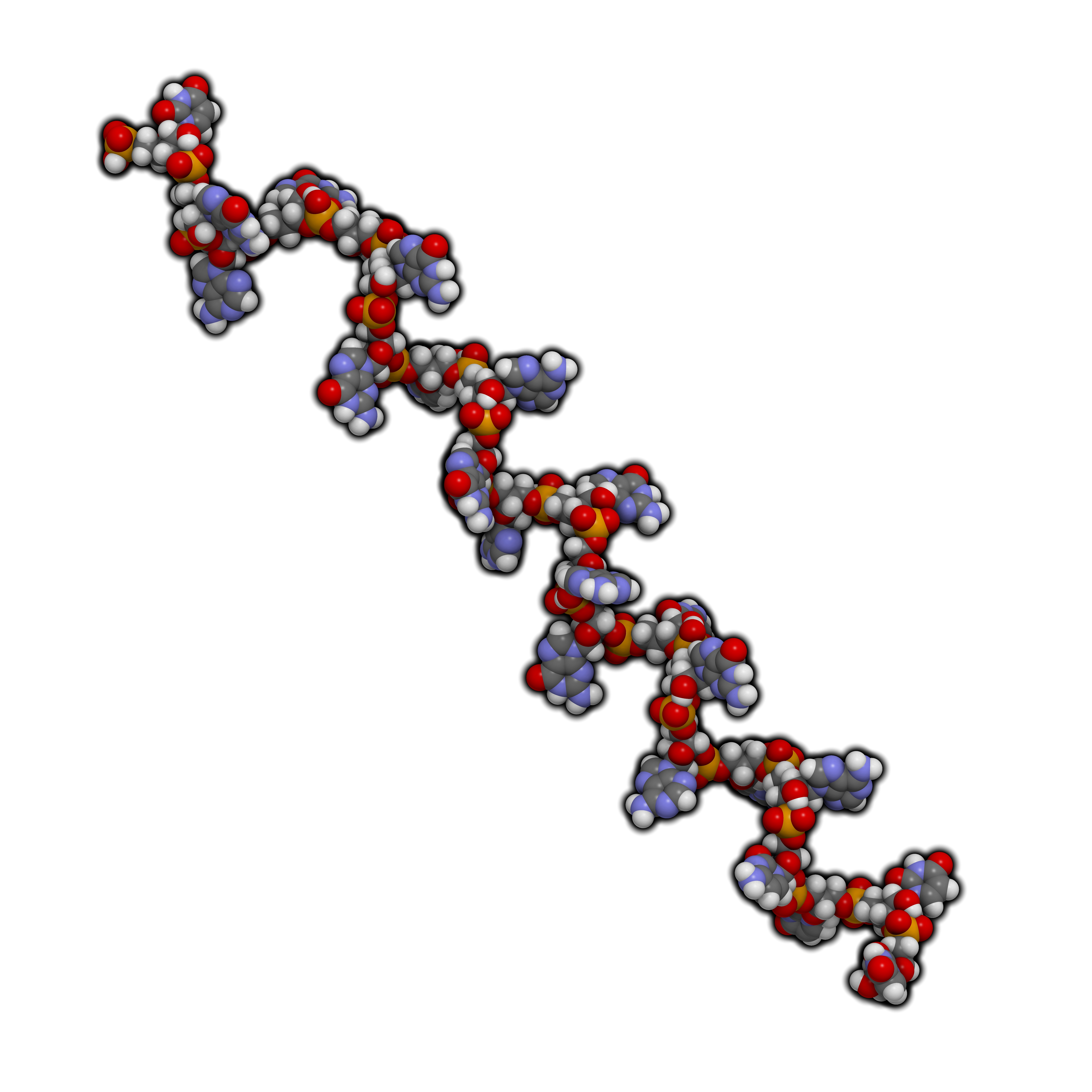PAH Progression Linked to MicroRNA, Offering Potential Drug Target

Researchers at England’s University of Sheffield have identified a microRNA that, when lacking in patients, appears to be driving the progression of pulmonary arterial hypertension (PAH). The findings, identifying potential new drug targets, open up avenues of research that might lead to better treatments for this fatal disease.
“This research opens up a new insight into regulation of gene signaling and PAH,” said senior study author Dr. Allan Lawrie, who is a British Heart Foundation Senior Research Fellow.
The identified molecule — a microRNA — belongs to a group of factors controlling gene expression. The research team measured the levels of a specific microRNA in PAH patients and found that it was present in far lower amounts than in healthy individuals.
Further investigations led the team to identify the microRNA’s gene target as SMURF1, a molecule that is present in too high amounts in PAH patients. SMURF1 is known to, in turn, controls the presence of a third factor, known as BMPR2, by breaking it down.
Earlier studies have shown that mutations in the BMPR2 gene, leading to loss of the protein’s function, are common in patients with both familial and sporadic PAH. Scientists have, however, noted that the presence of these mutations cannot alone explain the development of PAH.
Studying the importance of the microRNA in rats and mice, the research team reports in The Journal of Clinical Investigation that loss of the microRNA triggered disease progression. When the team replaced the missing microRNA, they could reverse the presence of established PAH to a certain degree.
While replacement of the gene regulator RNA could not fully reverse disease, the study “MicroRNA-140-5p and SMURF1 regulate pulmonary arterial hypertension,” suggests that blocking other factors downstream of the microRNA, such as SMURF1, might also present potential treatment targets.
“The study suggests that either the delivery of the microRNA gene or the inhibition of SMURF1 is a viable therapeutic target,” said lead author Dr. Alexander Rothman. “We are currently exploring opportunities to develop a drug that can block SMURF1 activity and hope to take this forward into clinical studies in the future.”







